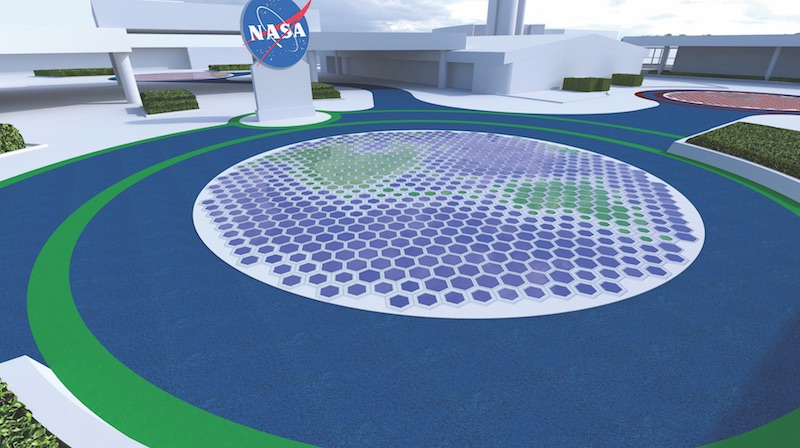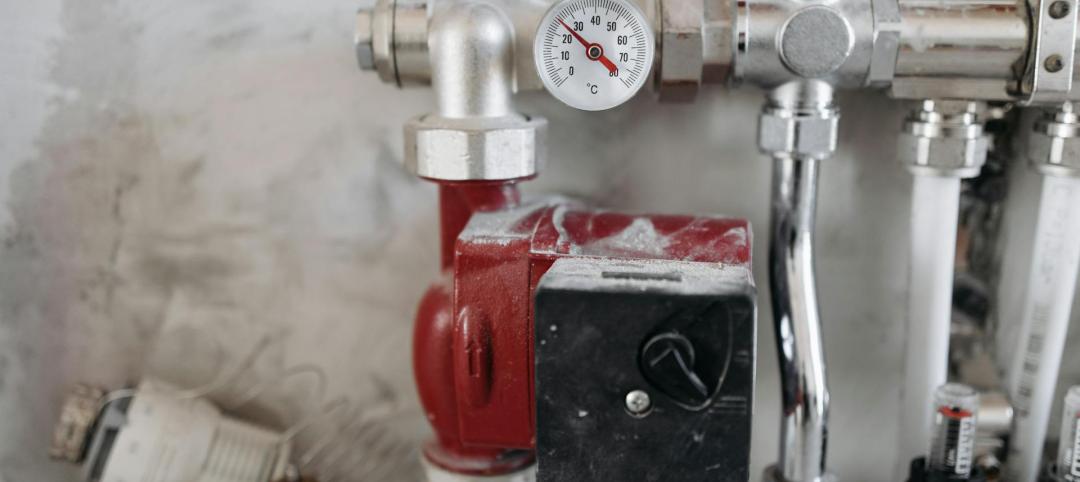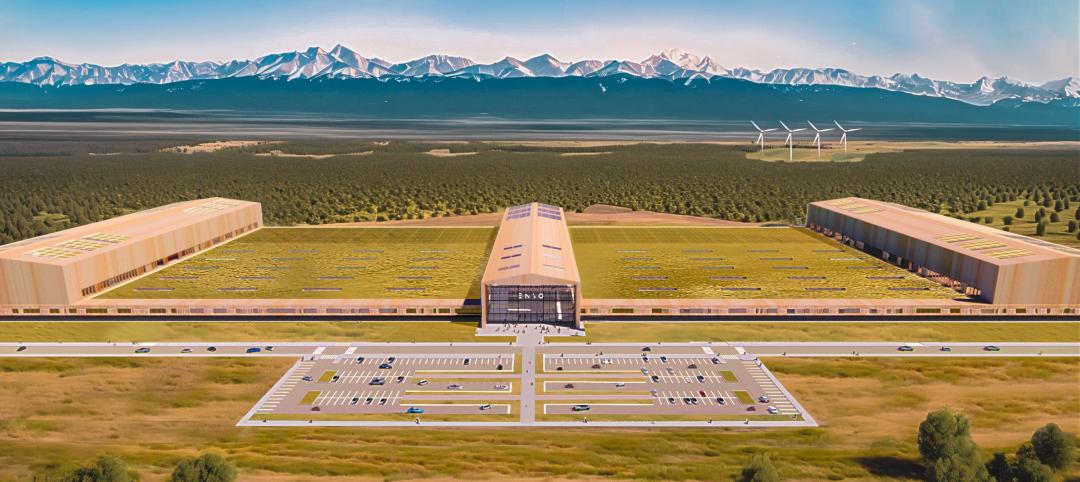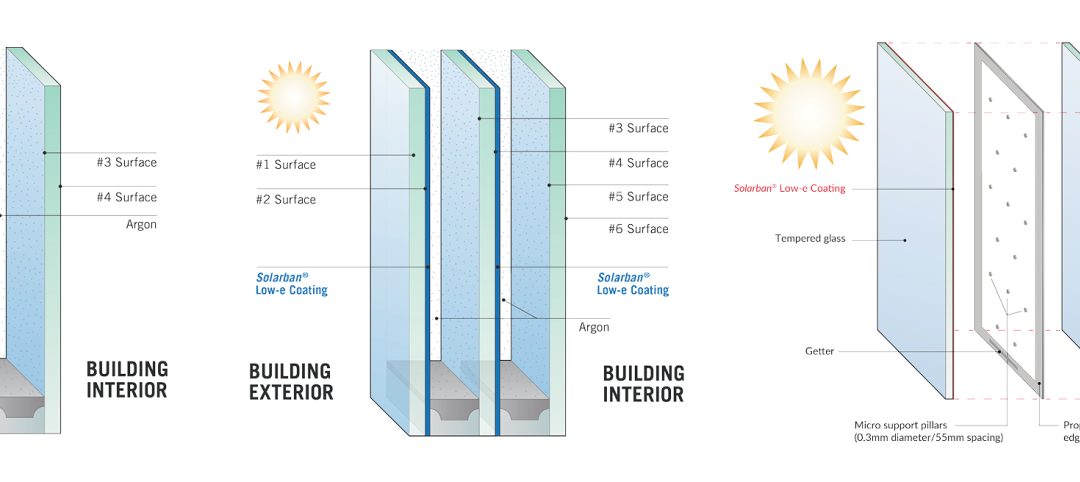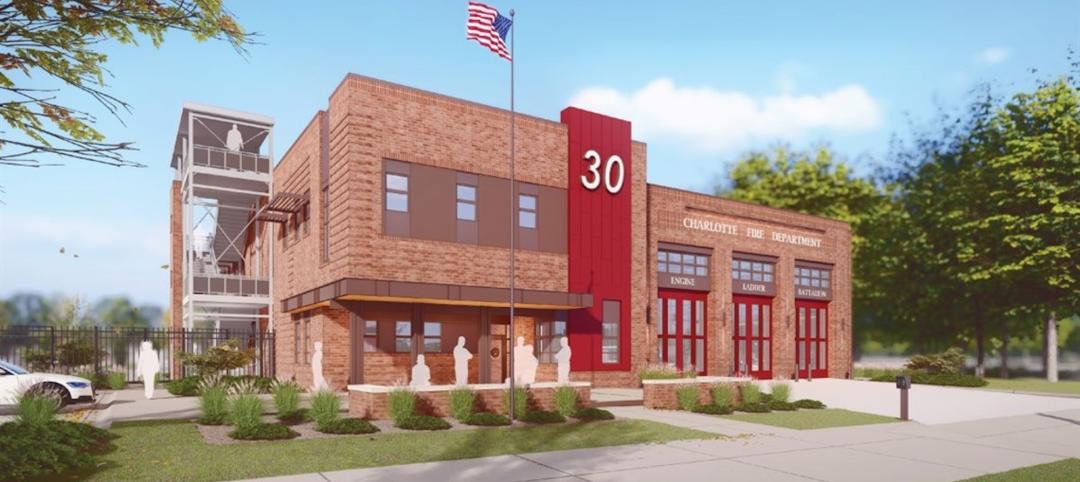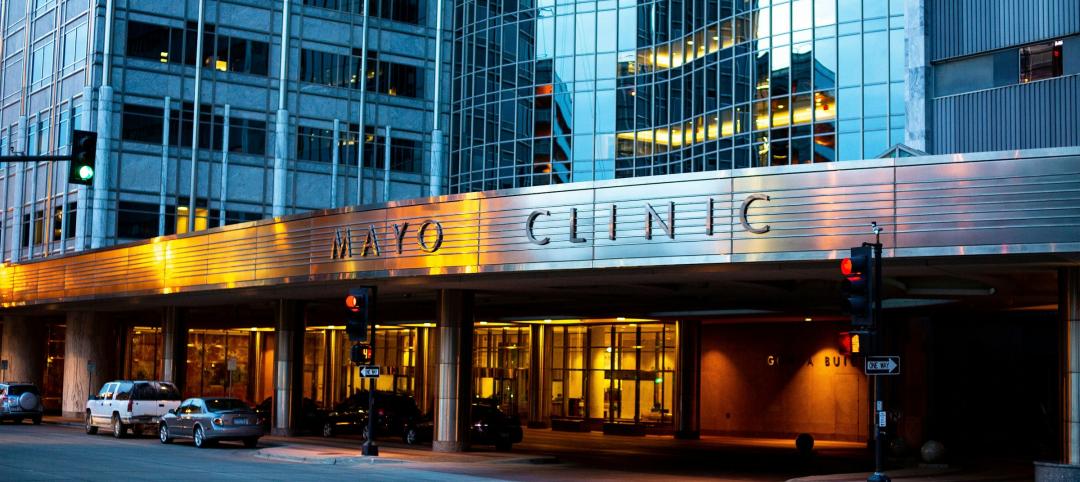Piezoelectricity, an electrical charge that aggregates in certain materials in response to applied mechanical stress, was discovered in the 19th century. In recent times, the technology has found its way into electronic devices and medical sensors. There’s growing interest in using the technology to generate energy from roadway traffic (see related story).
PZ technology is also being studied for its potential for harvesting and redistributing energy in buildings.
The Aerospace Transportation and Advanced Science Lab at Georgia Tech Research Institute (GTRI), Atlanta, is investigating indoor applications of PZ technology, not only as an alternative energy source but also for making buildings smarter by transmitting data wirelessly for analyzing behavior and traffic.
GTRI is working with Emory Healthcare to develop a PZ-powered carpet tile for a flooring system for hospitals that would detect when a patient slips and falls and send out a wireless alert to hospital staff. Every year in U.S. hospitals, between 700,000 and 1 million people have a fall: it’s a tremendous liability headache for hospital administrators. This project, says GTRI Research Scientist Ilan Stern, PhD, is in the prototype/focus-group stage. GTRI is building a lab-scale model into its simulation lab.
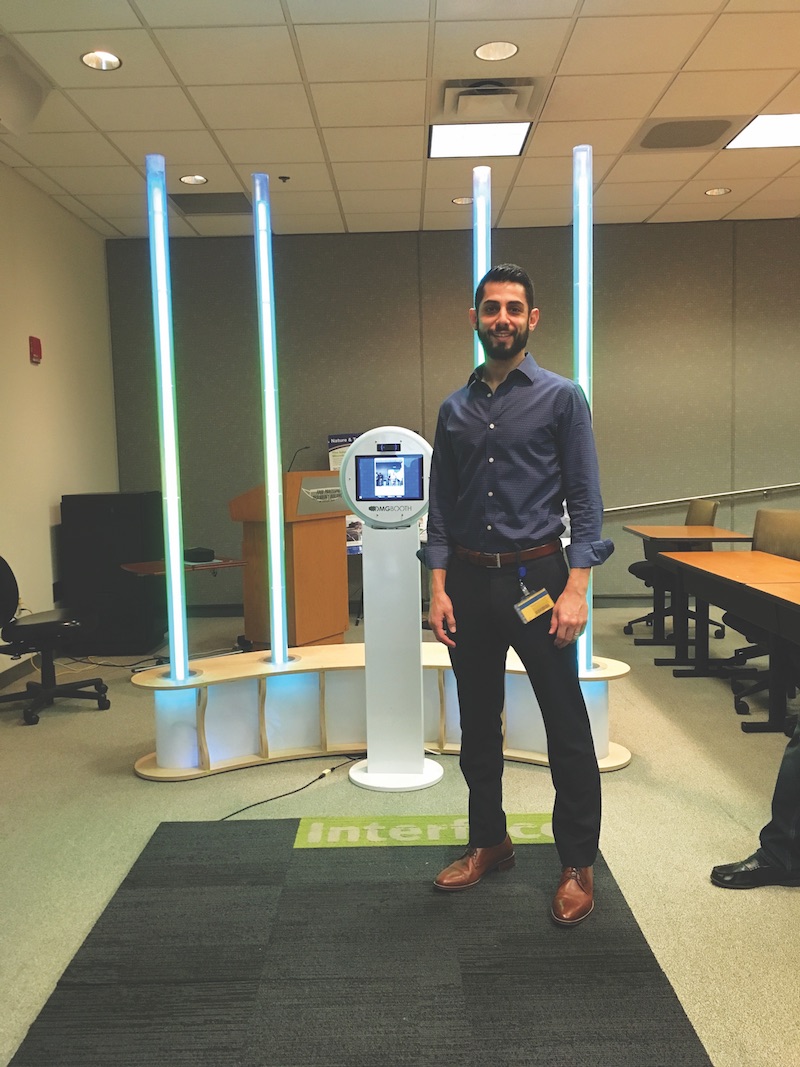 Dr. Ilan Stern of the Georgia Tech Research Institute stands inside a photo booth at Atlanta’s Hartsfield-Jackson International Airport. The booth is activated by electricity generated by foot traffic on the floor mat made from piezoelectric materials. Stern foresees this technology being used for crowd control and security purposes. Courtesy Georgia Tech Research Institute.
Dr. Ilan Stern of the Georgia Tech Research Institute stands inside a photo booth at Atlanta’s Hartsfield-Jackson International Airport. The booth is activated by electricity generated by foot traffic on the floor mat made from piezoelectric materials. Stern foresees this technology being used for crowd control and security purposes. Courtesy Georgia Tech Research Institute.
GTRI also has a contract through the Delaware North Corporation to install 40,000 sf of PZ-enabled pavers along the Visitors Center at NASA's Kennedy Space Center in Florida. Stern explains that the pavers—designed by Dr. Francisco Valdes and Paula Gomez and manufactured by Formations Studio—have glass inserts that act as a kind of interactive keyboard; when energized, the system allows visitors to see visualizations of NASA’s mission statements for space exploration, energy and sustainability, education and wildlife. Stern says it will be operational by next August.
GTRI recently received a $100,000 grant authorized by the Wells Fargo Foundation to evaluate how PZ technology might improve bank security. “The PZ sensors are built into the flooring system, which would act as a tracking and monitoring device to identify where there are people walking in restricted areas,” says Stern. The piezoelectric system would keep working even if power to the bank were cut off.
For the past year or so, passengers and visitors at Atlanta’s Hartsfield-Jackson International Airport have been getting their pictures taken in a photo booth energized by foot traffic. When the booth reaches a certain level of PZ, a camera is triggered, snapping a shot that can be uploaded to social media. Stern sees the day when airports will use PZ-enabled pads and flooring for crowd management and security.
Stern acknowledges that applications for federal grants for PZ research under the new administration will have to be rebranded from their past emphasis on efficiency and sustainability. “While we’re not changing our research, we’re changing our goals to infrastructure and manufacturing,” he says.
Related Stories
M/E/P Systems | Oct 30, 2024
After residential success, DOE will test heat pumps for cold climates in commercial sector
All eight manufacturers in the U.S. Department of Energy’s Residential Cold Climate Heat Pump Challenge completed rigorous product field testing to demonstrate energy efficiency and improved performance in cold weather.
Sustainable Design and Construction | Oct 10, 2024
Northglenn, a Denver suburb, opens a net zero, all-electric city hall with a mass timber structure
Northglenn, Colo., a Denver suburb, has opened the new Northglenn City Hall—a net zero, fully electric building with a mass timber structure. The 32,600-sf, $33.7 million building houses 60 city staffers. Designed by Anderson Mason Dale Architects, Northglenn City Hall is set to become the first municipal building in Colorado, and one of the first in the country, to achieve the Core certification: a green building rating system overseen by the International Living Future Institute.
Office Buildings | Sep 6, 2024
Fact sheet outlines benefits, challenges of thermal energy storage for commercial buildings
A U.S. Dept. of Energy document discusses the benefits and challenges of thermal energy storage for commercial buildings. The document explains how the various types of thermal energy storage technologies work, where their installation is most beneficial, and some practical considerations around installations.
Industrial Facilities | Aug 28, 2024
UK-based tire company plans to build the first carbon-neutral tire factory in the U.S.
ENSO, a U.K.-based company that makes tires for electric vehicles, has announced plans to build the first carbon-neutral tire factory in the U.S. The $500 million ENSO technology campus will be powered entirely by renewable energy. The first-of-its-kind tire factory aims to be carbon neutral without purchased offsets, using carbon-neutral raw materials and building materials.
Glass and Glazing | Aug 16, 2024
The next generation of thermal glazing: How improving U-value can yield energy savings and reduce carbon emissions
The standards for energy-efficient construction and design have been raised. Due to the development of advanced low-e coatings for the interior surface and vacuum insulating technologies, architects now have more choices to improve U-values wherever enhanced thermal performance is needed to create eco-friendly spaces. These options can double or even triple thermal performance, resulting in annual energy savings and a positive return on carbon.
Adaptive Reuse | Aug 14, 2024
KPF unveils design for repositioning of Norman Foster’s 8 Canada Square tower in London
8 Canada Square, a Norman Foster-designed office building that’s currently the global headquarters of HSBC Holdings, will have large sections of its façade removed to create landscaped terraces. The project, designed by KPF, will be the world’s largest transformation of an office tower into a sustainable mixed-use building.
Energy Efficiency | Aug 9, 2024
Artificial intelligence could help reduce energy consumption by as much as 40% by 2050
Artificial intelligence could help U.S. buildings to significantly reduce energy consumption and carbon emissions, according to a paper by researchers at the Lawrence Berkeley National Laboratory.
Government Buildings | Aug 1, 2024
One of the country’s first all-electric fire stations will use no outside energy sources
Charlotte, N.C.’s new Fire Station #30 will be one of the country’s first all-electric fire stations, using no outside energy sources other than diesel fuel for one or two of the fire trucks. Multiple energy sources will power the station, including solar roof panels and geothermal wells. The two-story building features three truck bays, two fire poles, dispatch area, contamination room, and gear storage.
Geothermal Technology | Jul 29, 2024
Rochester, Minn., plans extensive geothermal network
The city of Rochester, Minn., home of the famed Mayo Clinic, is going big on geothermal networks. The city is constructing Thermal Energy Networks (TENs) that consist of ambient pipe loops connecting multiple buildings and delivering thermal heating and cooling energy via water-source heat pumps.
Smart Buildings | Jul 25, 2024
A Swiss startup devises an intelligent photovoltaic façade that tracks and moves with the sun
Zurich Soft Robotics says Solskin can reduce building energy consumption by up to 80% while producing up to 40% more electricity than comparable façade systems.


